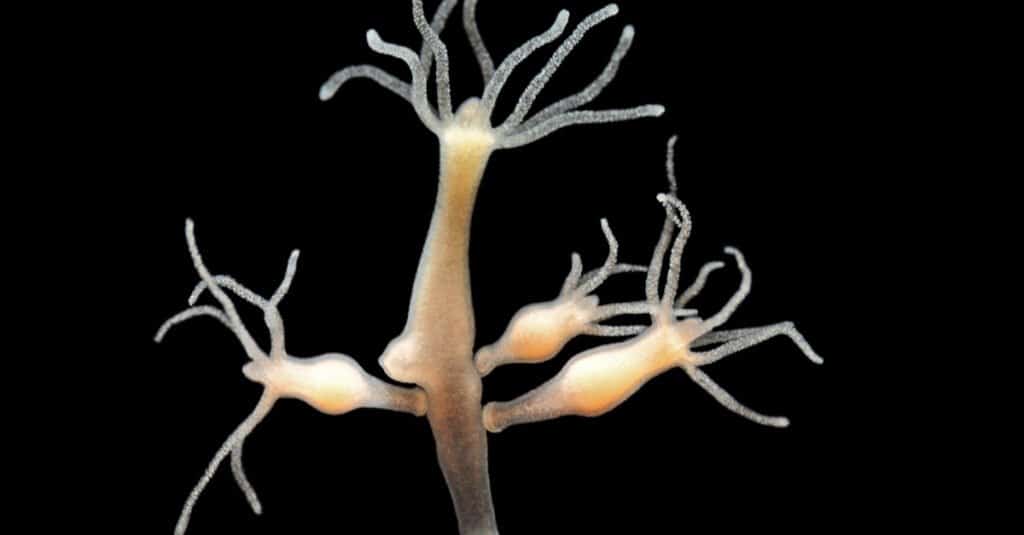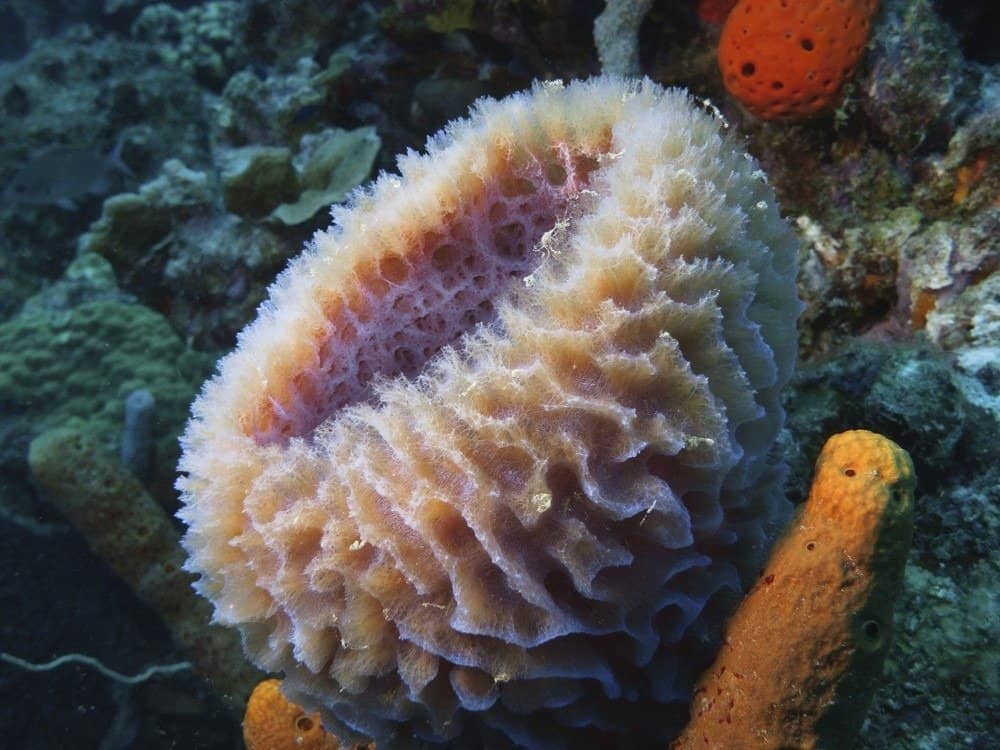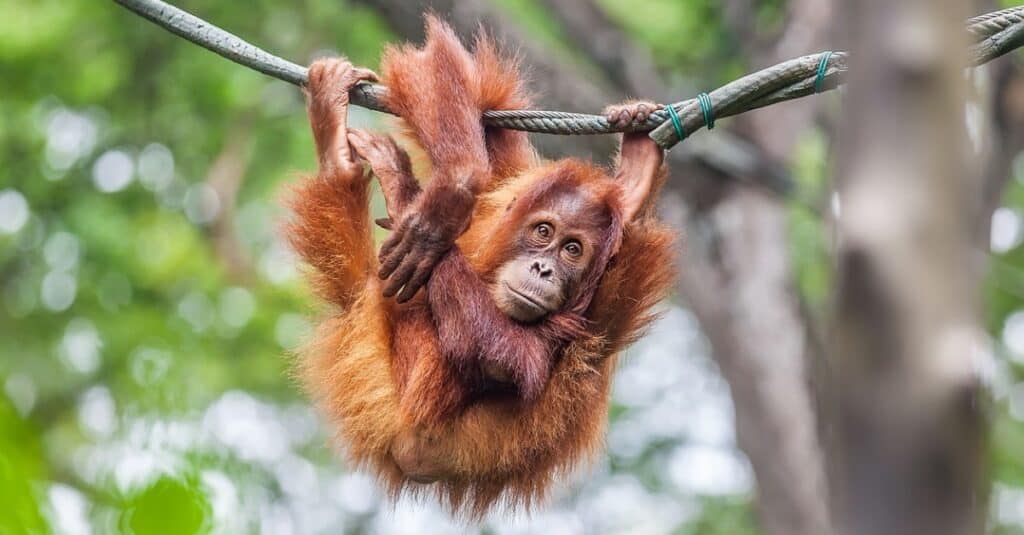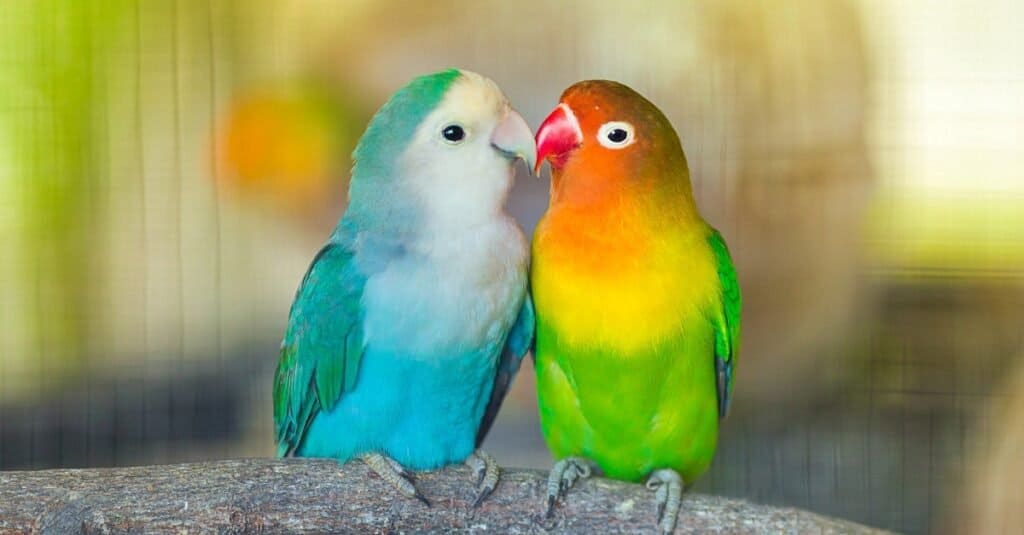
Sentience is often used to refer to all creatures capable of feeling, by this definition nearly all animals may be considered sentient!
©Life science/Shutterstock.com
First, you need to know what it is to be sentient if you want to know whether animals are. To be sentient, one must be able to feel as well as think. That is to say, you do more than simply digest information. A wide range of complex emotions is accessible to sentient beings, including love, joy, grief, wrath, fear, and confusion. Many pet owners can attest to whether their animal companions are capable of feeling. For many, the answer to this question is obvious.
However, not all animals possess the same level of awareness, and not all have been shown to experience complex emotions or “feelings.” In fact, there are various degrees of sentience, all of which will be discussed in this article in relation to the animal kingdom.
Non-Sentient Animals

Hydra has a basic CNS and is known to regenerate when injured. It is also being studied for its ability to withstand the effects of aging.
©Lebendkulturen.de/Shutterstock.com
Non-sentient refers to living organisms that can’t think or perceive. Many scientists believe that sentient beings must have central nervous systems. This would mean that bacteria, archaea, protists, fungus, plants, and some mammals would be considered non-sentient. Some even suggest that certain creatures with basic centralized neural systems may not be sentient, however, this is an unresolved subject.
If a centralized neural system is required for experiences, then this means certain creatures aren’t sentient. Potentially non-sentient animals would include:
- Anemones
- Corals
- Hydras
- Sponges

Sponge in the Caribbean sea around Bonaire. Did you know sponges are considered animals?
©V.Devolder/Shutterstock.com
This goes along with the idea that all sentient beings are animals, but not all animals are sentient. It should be mentioned that having no neural system does not mean an animal cannot experience pain. Scientists can’t rule out the idea that they feel pain or an uncomfortable sensation when they experience undesirable events.
Semi-Sentient Animals

The sea roach is a crustacean that lives along the coast. These crustaceans live under rocks on a shore or beach.
©iStock.com/Yusuke Ide
Semi-sentience refers to beings whose sentience is just starting to develop or to beings who have a few signs of sentience. Some people think of the first smart AIs as being semi-sentient.
It’s important to remember, though, that there are many other animals with simple nervous systems that are still centralized and might be considered semi-sentient. This may include many invertebrates, such as:
- Mollusks, like cephalopods
- Arthropods, such as crustaceans or insects
There are different levels of certainty about whether these creatures of the animal kingdom are conscious. Nonetheless, these animals are in a completely different situation than animals that don’t have a nervous system with a structure that lets them process information.
Sentient Animals

Dog and cat laying together. Many pet owners can attest to their pet’s abilities to display a wide range of emotions and intellect.
©iStock.com/FamVeld
Sentience is often used to refer to all creatures capable of feeling. To put it another way, these creatures can have both happy and negative experiences. Many laws dealing with animals emphasize the animals’ ability to feel pain as a means of showing sentience. This definition is widely recognizable.
If this is the case, then sentience would include nearly all animals, both human and non-human. Below are a few instances of species that are capable of being sentient:
- Amphibians
- Birds
- Cats
- Crustaceans
- Dogs
- Farm Animals
- Fish
- Primates
- Reptiles

Primates, such as the orangutan, are thought to be the most sentient of animals, apart from humans.
©iStock.com/molishka1988
Please keep in mind that this is merely a broad list. It’s difficult to include all the world’s sentient creatures in a single piece. This is quite intriguing, to say the least!
Sapient Animals

Humans go beyond sentience and are sapient, hence the term ‘homo sapien.’ They are self-aware and they understand complex processes and experience complex emotions.
©ESB Professional/Shutterstock.com
Sapience means a high-order mind that can understand icons and abstract ideas. This word is used to describe beings who are wise and can think and act based on their knowledge, experience, understanding, and common sense. Sapient beings know themselves and can think about themselves. They are fully self-aware and know that the brain is different from the mind.
Examples of sapient species include:
- Humans
Now, homo sapiens, or humans, are the only species that we consider sapient. Most AI researchers think it will be possible to make sapient AI in the future but cannot say for certain when or if this will happen.
In Conclusion

Positive emotions and behaviors such as love and affection are abundant throughout the animal kingdom and underlie much of their social behavior.
©iStock.com/apichon_tee
When it comes to thinking and feeling, humans have traditionally held firm that we are highly superior to other species. However, there are signs that this view is evolving. Many legal systems across the world acknowledge animals as sentient creatures because they feel joy and pain. Article 13 of the EU’s Treaty on the Functioning recognizes animals as sentient beings, which affects farm animal care. This classification protects their well-being.
Companionship with animals has become commonplace in our households. And it’s no secret that we spend a lot of time showing off these loved ones on social media and millions of dollars each year on their care. Research shows that many animals may feel and think in ways that are similar to humans, challenging the idea that humans and animals are so different in intelligence and awareness.
The photo featured at the top of this post is © iStock.com/NiseriN
Thank you for reading! Have some feedback for us? Contact the AZ Animals editorial team.






